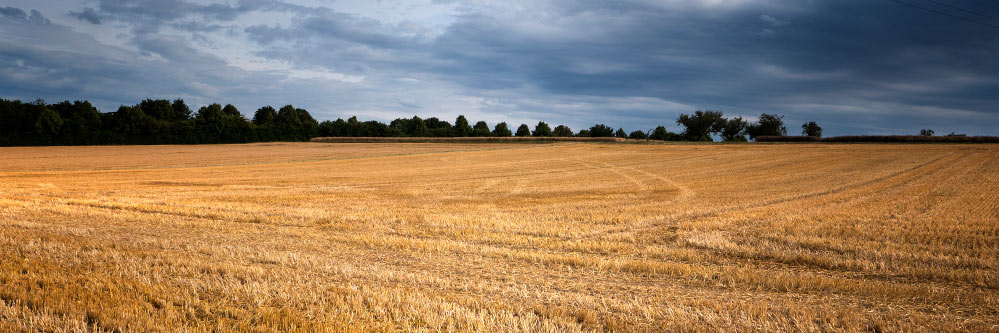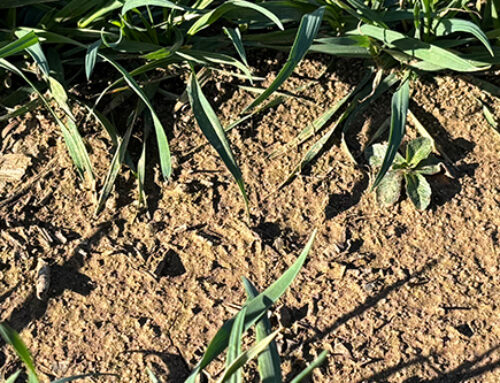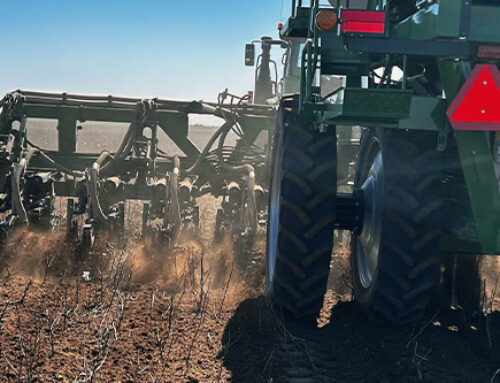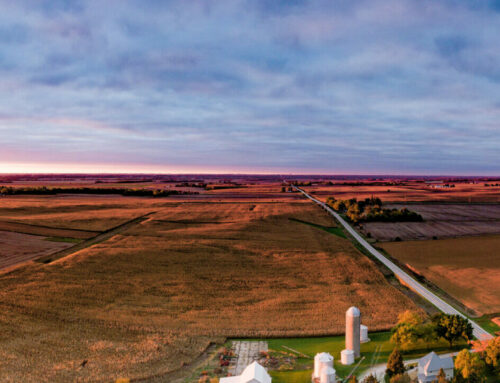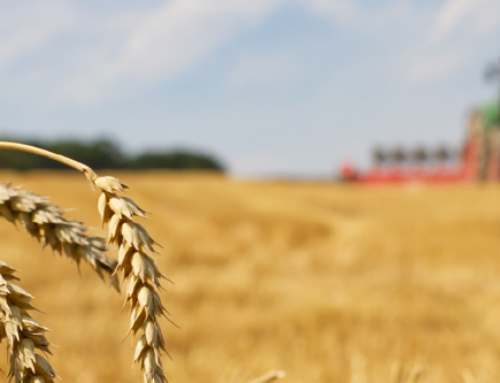With wheat harvest barely in the rearview mirror, it is not too early to start thinking about next year’s wheat crop. That starts with knowing the nutrient levels in your fields. Whether you are planning on planting in fallow ground, or planting continuous wheat, it is important to have the information necessary to fertilize each of your fields properly to give you the most potential return for your fertilizer dollar.
Your Crop Quest Agronomist can collect soil samples on your fields and help plan a proper fertilizer program designed to apply the proper nutrients necessary at the proper time.
There are various ways to gather the information necessary to help design an efficient fertilizer plan. Collecting basic ‘composite’ soil samples that represent the majority of a field’s potential is a good starting point. You can define which nutrients need to be added where you can expect to see a yield response, and which nutrients are most likely already sufficient in the soil.
Pulling Grid Samples is an even better way to get a more precise picture of the nutrient levels in a field. Grid samples let you see areas where each specific nutrient level may be high or low – in the same field.
Collecting Soil Texture data (or EM data) is an even better way to define the productivity levels in every area of your field. EM data creates a map showing the various productivity potential of a field. It precisely defines the various soil texture differences across a field, which allows you to take advantage of the variable yield potential that is present in every field.
EM data, combined with Grid Sample data, will help you design a fertilizer plan that takes advantage of the true potential of each acre on your farm.
When margins are as tight as they are, it is important that every input brings the potential for a return on investment. If you need any of this soil data collected on your fields, contact your local Crop Quest Agronomist to give you a vivid picture of each of your fields and help you build a fertilizer plan and a crop plan that will set you up for success on the upcoming wheat crop, and all your future cropping plans.
